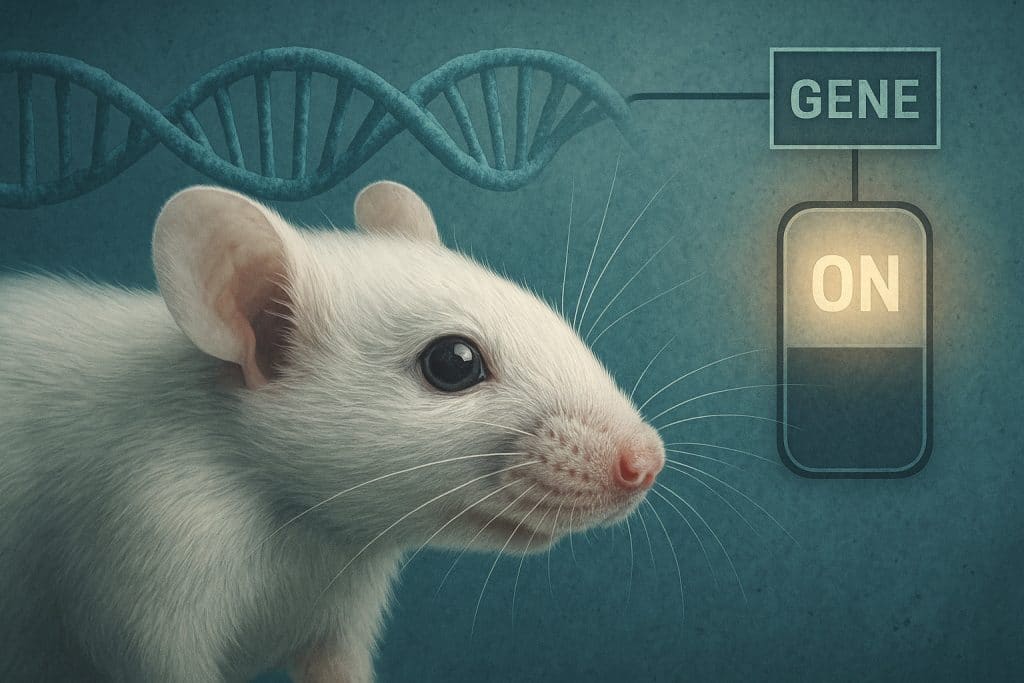
Imagine if humans could regrow lost limbs like salamanders. Sounds like science fiction? Not anymore.
In a discovery that feels ripped from the pages of a superhero origin story, scientists have unearthed a dormant genetic switch that could unlock mammals’ hidden potential for regeneration — and they’ve already tested it in mice with remarkable results.
In a new study published in Science (PMID: 40570123), researchers revealed that mammals still carry the genetic blueprint for regenerating body parts — it’s just been switched off for millions of years. And now, for the first time, they’ve figured out how to turn it back on.
The Secret? A Lost Enhancer and a Not-So-Lost Gene
Meet Aldh1a2 — a gene long known for its role in tissue repair and regeneration in animals like fish and amphibians. Mammals still carry this gene, but it’s largely silent when it comes to healing. The key to its silence? A missing genetic enhancer — a kind of on-switch in our DNA that evolution slowly phased out as mammals prioritised fast healing over perfect regeneration.
But here’s the twist: researchers inserted a rabbit-specific enhancer upstream of the gene in mice. The result? Ear tissue that regenerated far more effectively than in normal mice.
A simple tweak… and suddenly, regeneration isn’t just for reptiles anymore.
Evolution’s Shortcut, Reversed
Why did mammals lose this regenerative power in the first place? Nature favoured fast blood clotting and scarring — a quick fix rather than a full rebuild. But this research shows that the machinery is still there. We just forgot how to use it.
This finding is more than a scientific curiosity — it’s a potential leap toward regenerative medicine. Imagine therapies that don’t just patch up injuries but restore tissues fully — even limbs. From burn victims to surgical recovery to neurodegenerative disease, the implications are staggering.
What This Means for Research
At Able Scientific, we’re excited by what this means for the scientific community. Studies like this highlight the importance of advanced genetic tools, precise animal handling, and innovative laboratory solutions — all of which we’re proud to support.
Breakthroughs like this don’t happen in a vacuum. They rely on quality equipment, compliant transport systems, and the safe, ethical care of model organisms.
Whether you’re working with gene editing, animal models, or regenerative therapies, we’re here to support the future of discovery — and it looks more hopeful than ever.
Able Scientific – Empowering discovery, upholding integrity.
Need tools to support your genetic and regenerative research? Get in touch with us today.

